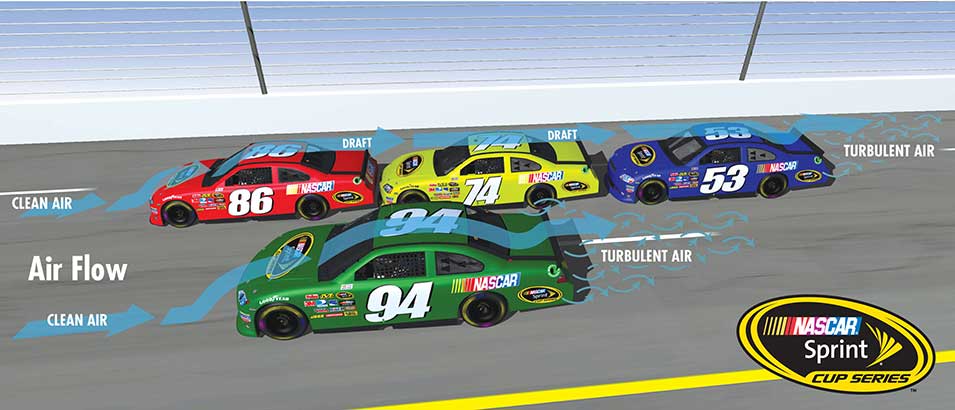
Shake and Bake!
We’ve long heard and talked about drafting and bump drafting – how they can make or break a qualifying time, depending on what kind of car you are in and what section of the track you can catch a tow. The fundamentals behind a draft are simple:
- The goal is to get from one point on the track to another point, as quickly as possible.
- You can do that by slowing down less through a corner (carrying a higher minimum speed). This could be through having ‘better’ tires for better grip, adding downforce for better grip, braking less and/or getting back on throttle quickly.
- You can also focus on accelerating faster between the two points by adding more power, reducing the friction on the accelerating drive-train (lightened flywheel, gears or driveshaft as examples), increasing grip on the tires that are driving acceleration OR reduce the forces that are barriers to accelerate through – such as the air itself (e.g. reducing down-force).
We’re going to assume that you are not in formula 1 or some other series that has active aero such as a Drag Reduction System (DRS), so the only option you have to reduce down-force is to have another car punch a hole in the air, for you.
I don’t get it – the air, is the air. Why does this matter?
For the uninitiated, let’s take a minute and explain why this is important. You know those videos of reporters that go outside and report on a big wind storm or hurricane? They go in front of the camera and try to walk against the wind and they get pushed back or can barely move forward. This is analogous to what your car is experiencing. The reporter is trying to walk against a 100mph+ wind and your car is trying to drive through the air, at 100mph+.
When the reporter steps inside from the hurricane, it is much easier for them to walk, jog, run and even sprint! The reporter not only moves faster but they use up less energy.
When a car is in front of your car on a race track, they are somewhat eliminating that “100mph” wind resistance, letting you step into a bubble of protection and as you get closer, that effect gets even stronger, making it almost feel like you and your car get sucked.
You gotta shake it, before you bake it!
Now we all know from the documentary/autobiography “Talladega Nights, The Ballad of Ricky Bobby“, that you can even use this to create a sling-shot effect. Where the trailing car tucks into draft of a car, gets sucked in and at the very, very last-minute pops out and can motor past the car that gave them the “tow”.
Ok but for reals now – here is the real thing.
This is used quite often in wheel to wheel racing conditions and sometimes, can be used in qualifying or time attack situations, when the stars align.
What does a draft look from the data perspective?
Below is a session from Spokane County raceways in June 2017. Spokane is an old school track with a very long straight away, 1,300+ yards long and in most cases, hitting near the rev limiter ( at the top of 5th gear in a PRO3 car. At least in a PRO3 car, after exiting Turn 8, it’s full throttle past three turns, before braking for Turn 2.
On this day, it was a dry and windy Sunday, with qualifying in the AM and temperatures in the low 70’s. I went out knowing that I had to setup to get my fastest laps in lap 3 or 4 – when tires would be in their optimal performance window. If I couldn’t get my target lap time then, I’d have to back off, let the tires cool off and have another go at it.
After getting things warmed up, I put together two flying laps where I felt like I gave it nearly my best and being one of only two people to get into the 1:37’s over the weekend lap time from Saturday.

So, what do we have?
- The purple lap is where I caught an ok but not great draft.
- Towards the end of the green lap is when I started catching the cars in front.
- Air Fuel Ratio seems to be about the same on both laps
- At the start of the lap, there was zero difference in lap time.
- As I start making it farther down the straight-away, the speed difference starts growing, reaching a peak of almost 2mph
- By the end of the straight-away and right before the brakes were hit, the green lap was already .188 seconds slower.
I felt like I had left some on the able and backed off to let things cool down for a couple laps and setup two more laps, trying to catch a draft on those as well.
This time, with some video evidence! What happened:
- The red lap ended up being faster than the green lap but that was with not much of a draft.
- The red lap, I got a solid draft on the back straight away, where we’ll focus the analysis.
- Like the previous lap, the difference in straight-away speed was between 1-1.5mph, through the whole back straight.
- You can see the delta graph, where the green lap was shaping up to be just as good as the previous lap.
- Engine RPM was also consistently 50-100 RPM higher for the green lap, indicating that the it was able to rev more freely with the lower resistance from the air.
Unfortunately, the car that gave me the tow on the back straight, also didn’t give me the easiest of paths to go through turn 4 (which is totally within their right) and that essentially killed the lap.
Conclusion: The draft is strong!
There is a ton of variables that go into determining the impact of the draft, such as the weather conditions, the track and the type of car. In this case, with a PRO3 car, which is more of an aerodynamic brick, having something else punch a hole in the air made a difference of .15-.2 seconds on each of the straight-aways.
I think that if I could have lined up a draft on both straights, it could have reduced each of those fast laps by another .2 seconds at least. How big of a deal is this? I lost pole position on both days but less than .1 seconds. In fact, in this video below – we took the video of the fastest segments from that session, stitched them together and this would have been a 1:37.437 – almost .5 seconds faster than the fastest lap and .2 seconds faster than my fastest rolling lap.
This has generally been what I’ve experienced at most tracks on the calendar because each as a decent straight-away.
Catching a draft in qualifying versus in a race is the same but it is very difficult to control this in a race. My suggestion is if you can, work with another driver and help each other out. Take turns having one car have a go at it and then switch, allowing that switch lap to when you let the tires cool down.
Working together is very common in karting and in light-weight and powered classes, like Spec Miata. In the future, we’ll do a write up like this with a spec Miata and looking at the quantified impact of bump drafting!






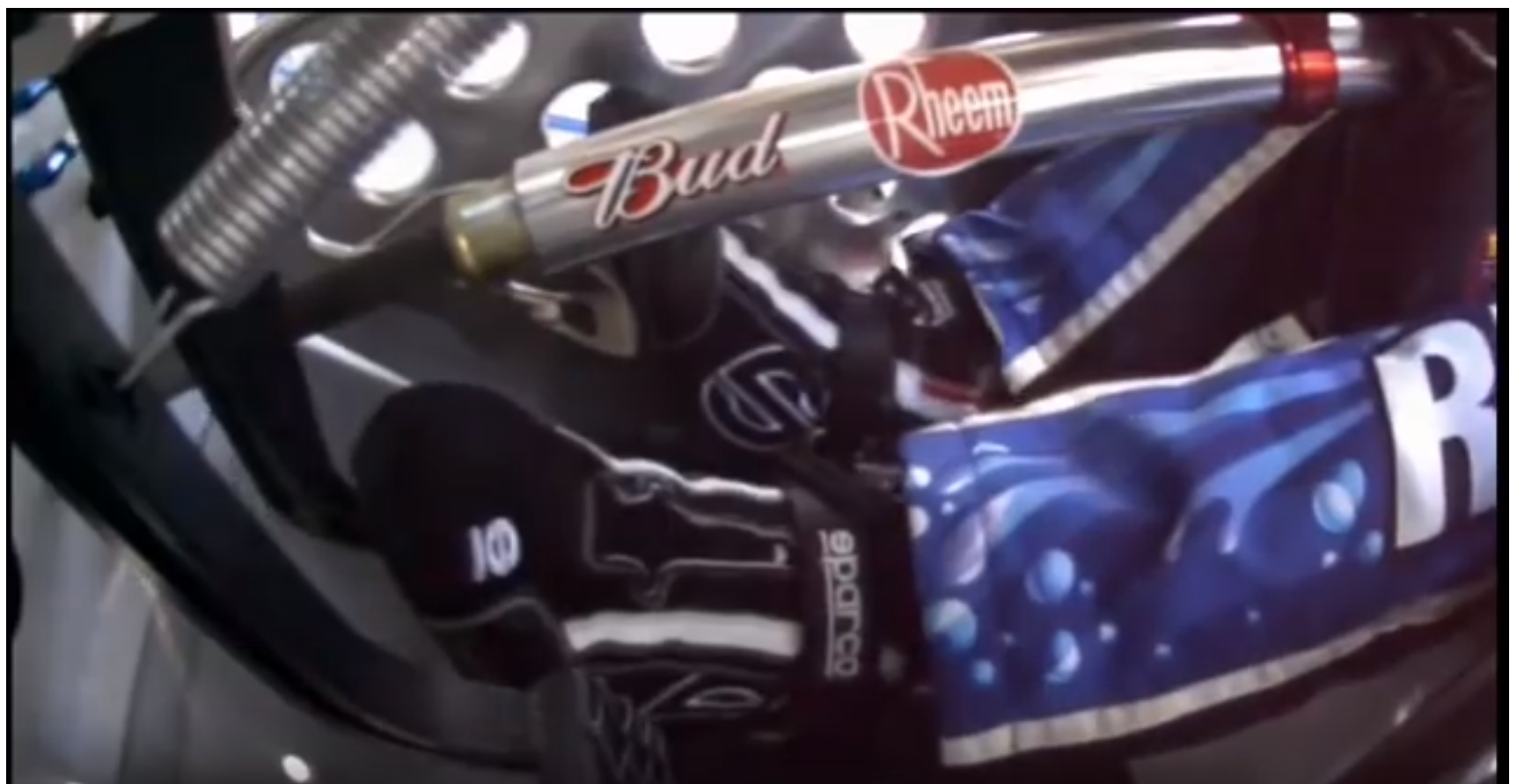 It was August 2015 at
It was August 2015 at 






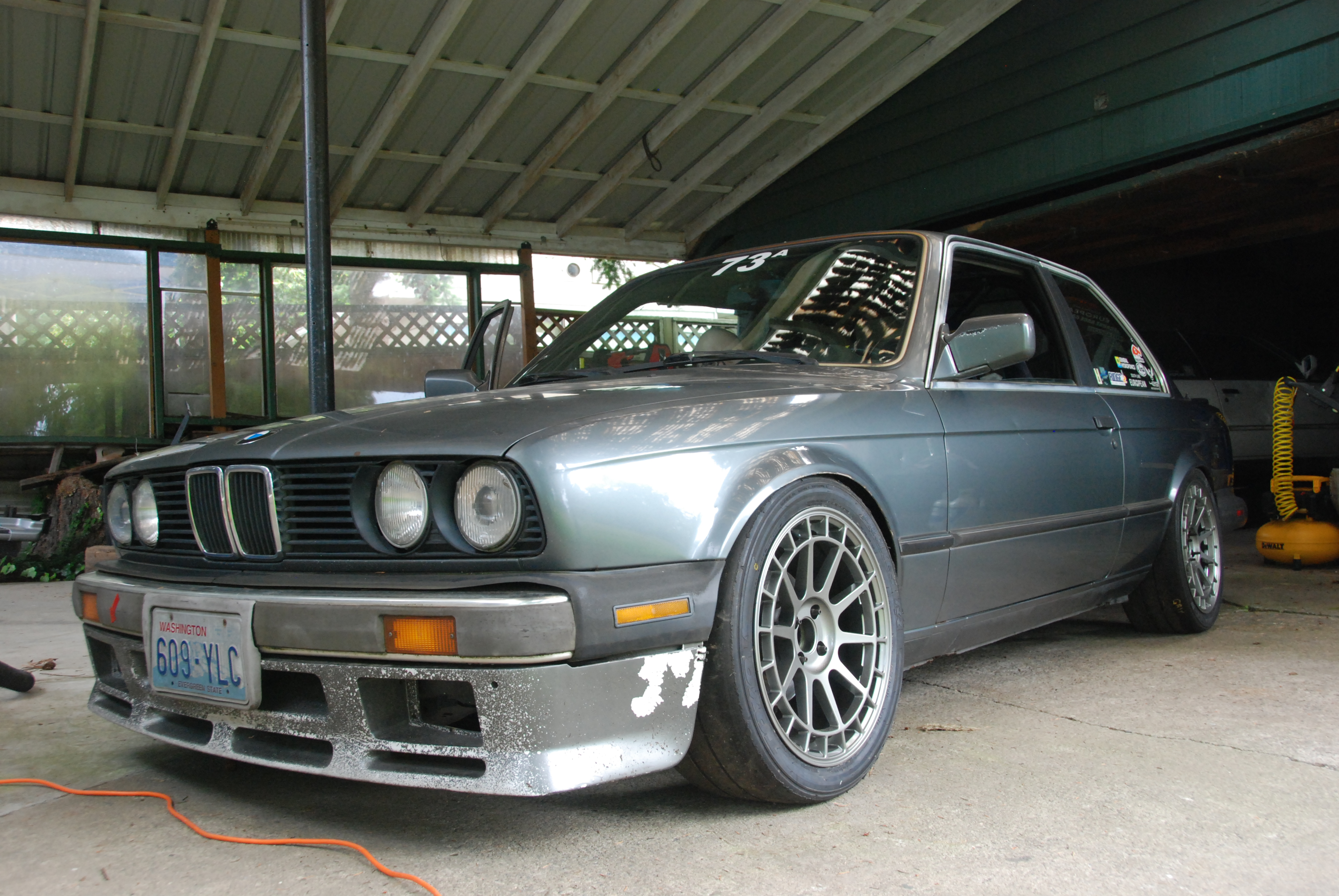 What: My track car – 1987 BMW 325is
What: My track car – 1987 BMW 325is







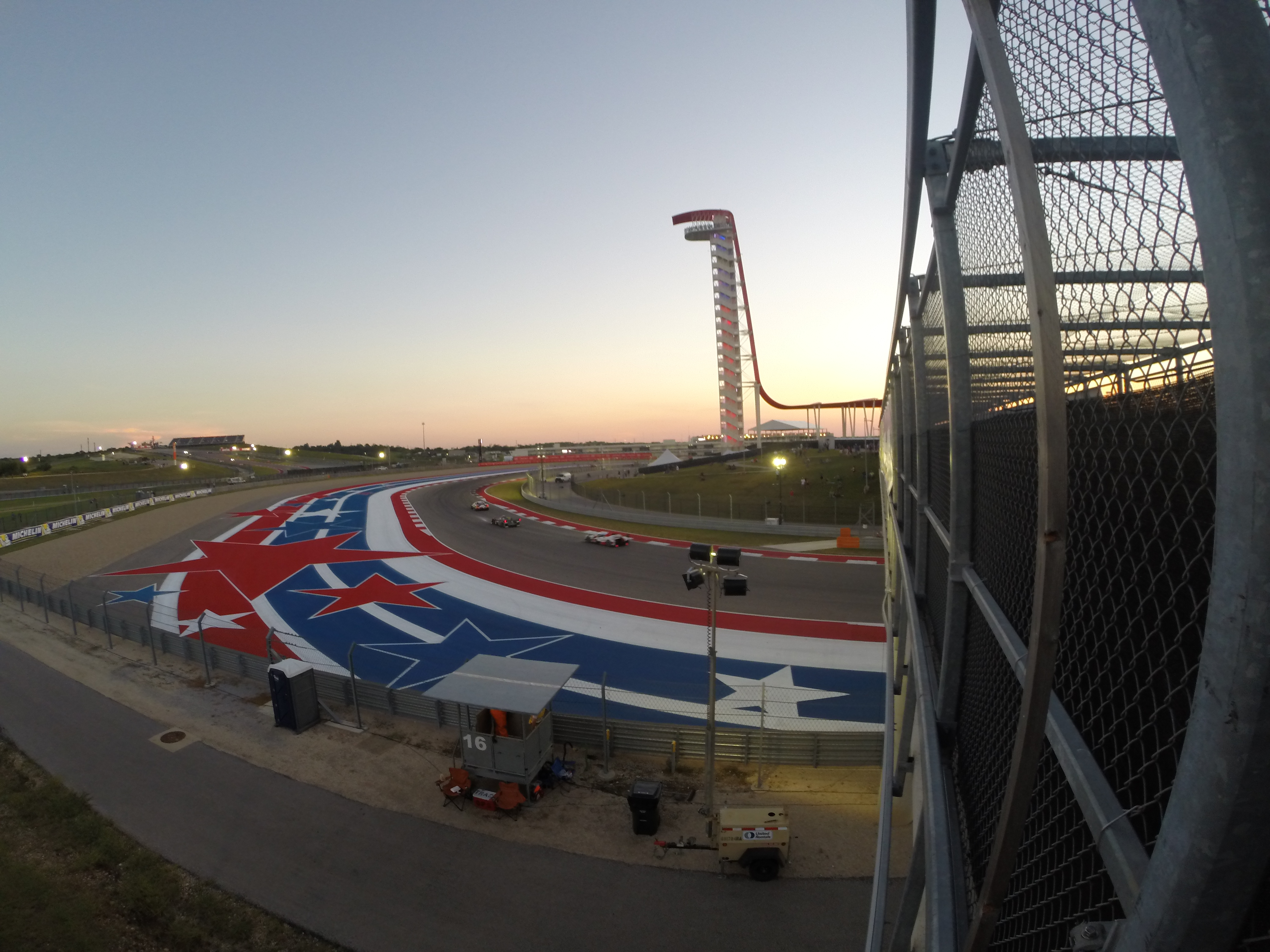


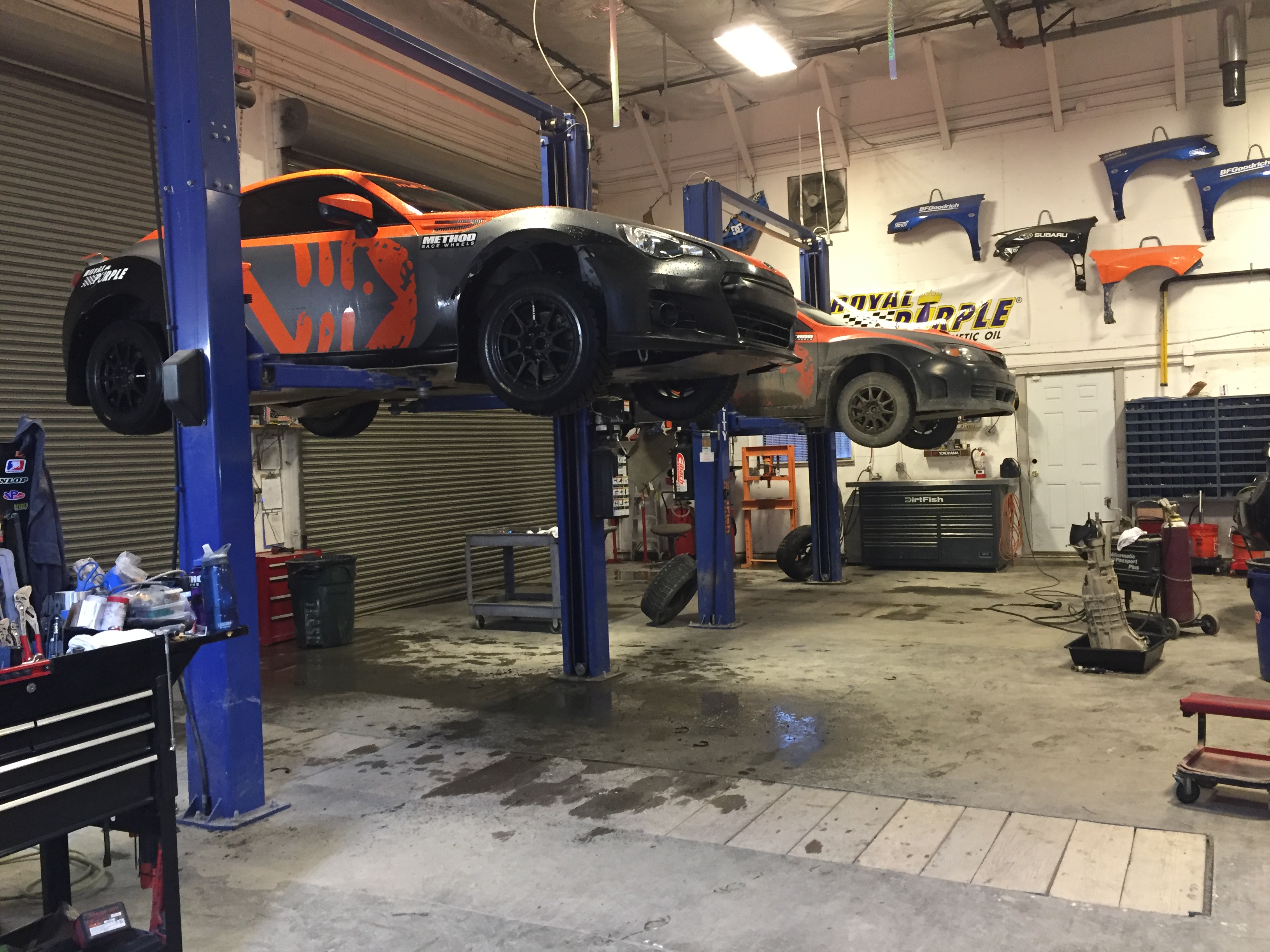





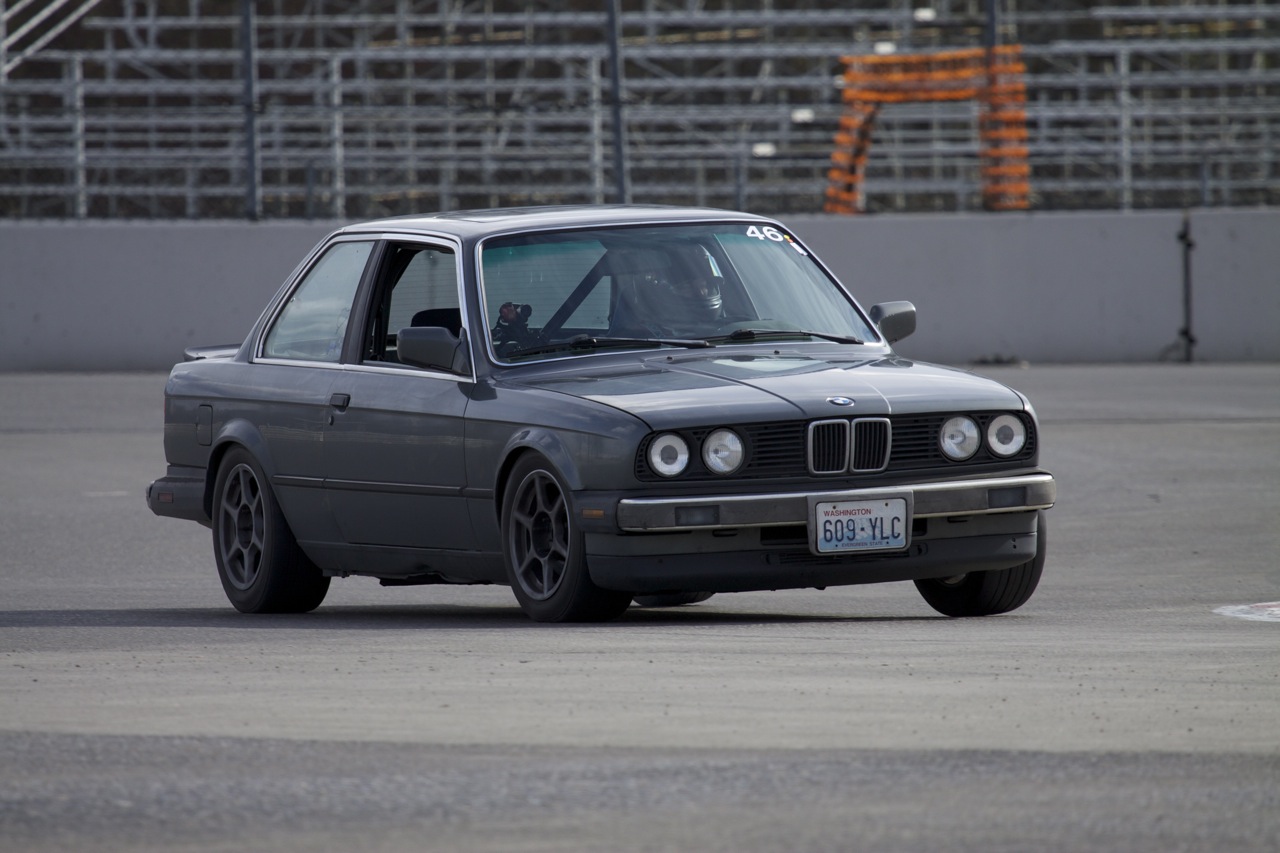 What: Building a track car – things to consider and make sure you do when building your dream car for the track.
What: Building a track car – things to consider and make sure you do when building your dream car for the track.







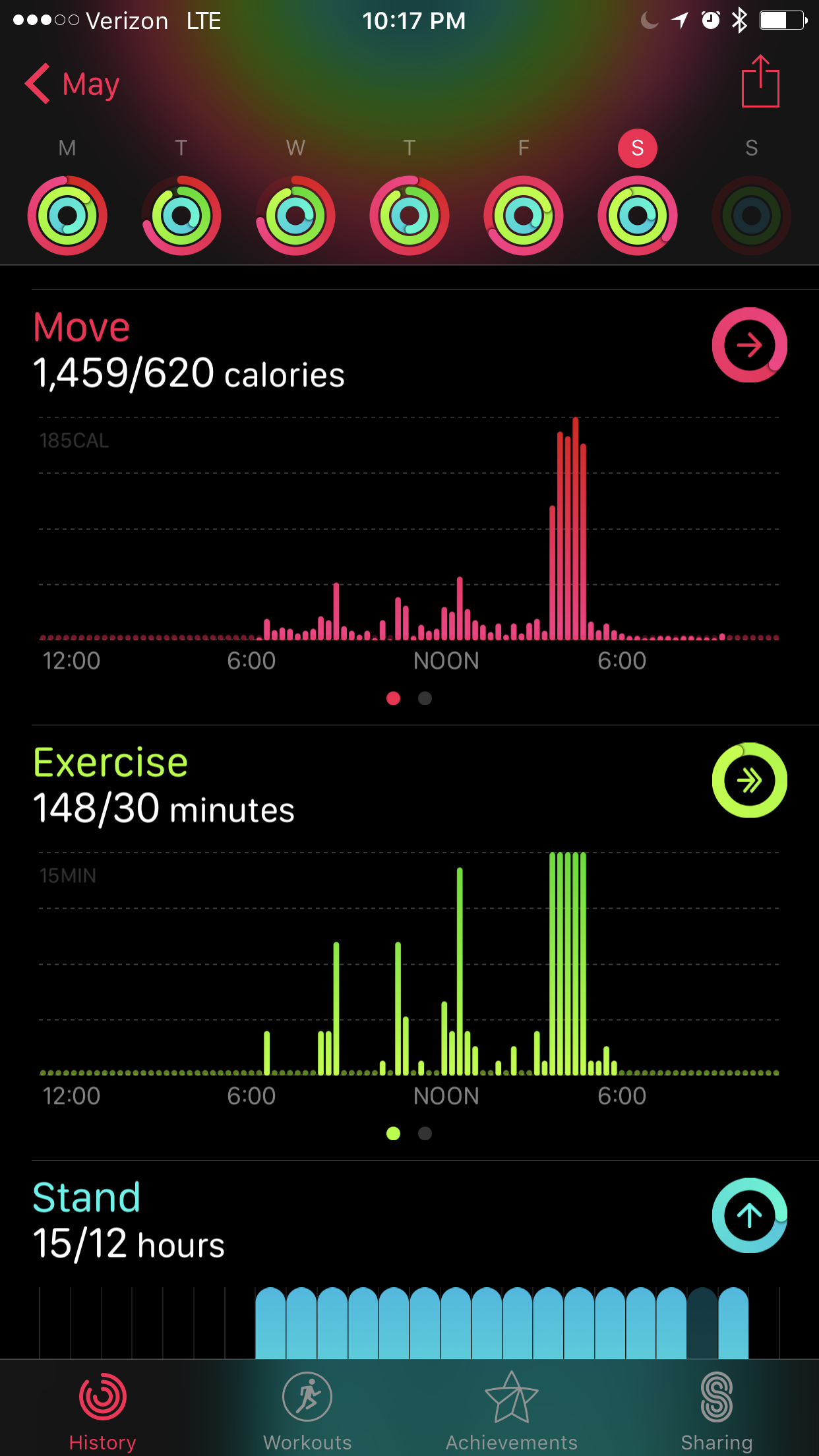 What: A small addendum to the
What: A small addendum to the 


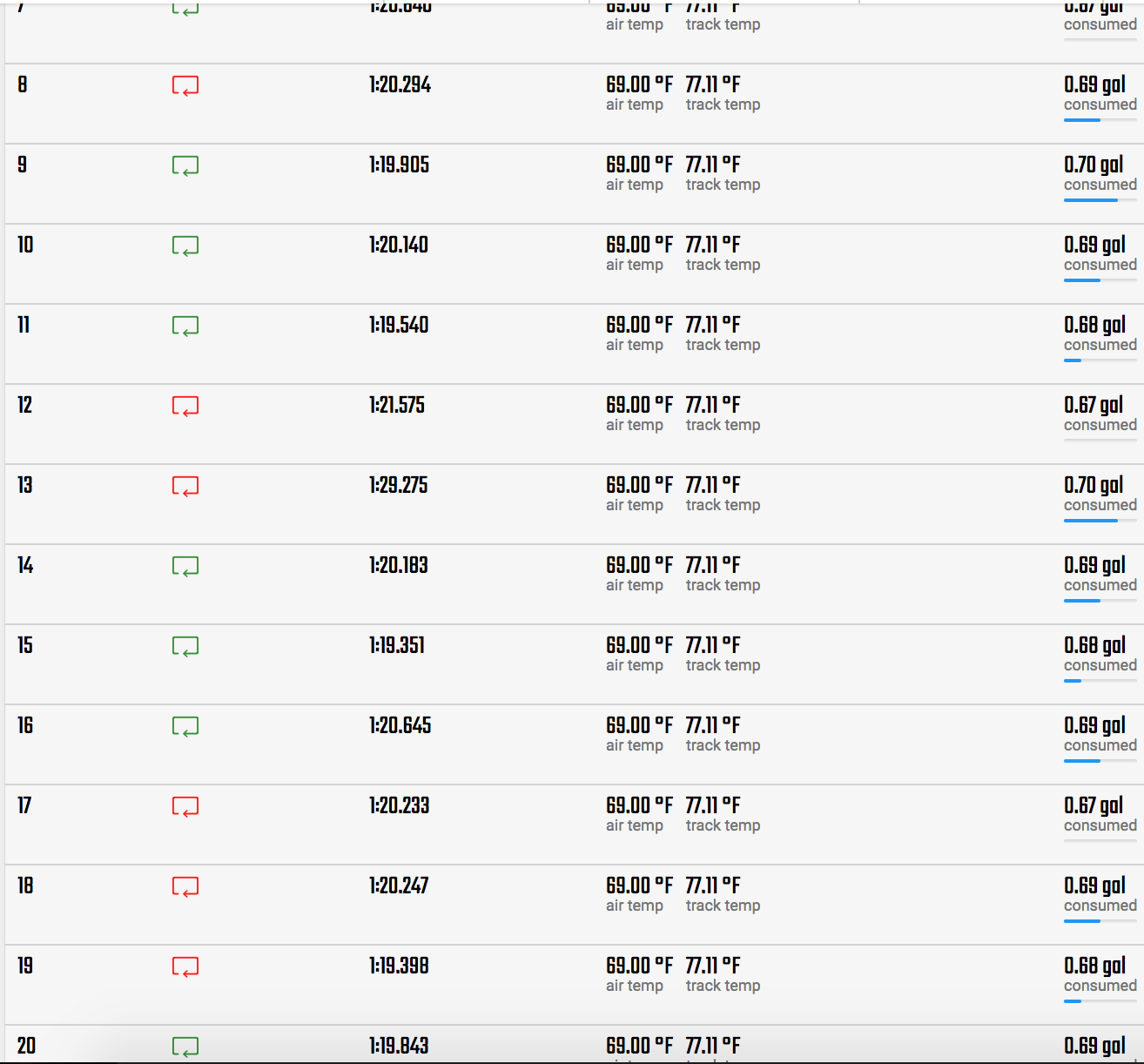 This is the last day of iRacing before the big race weekend at Portland International Raceways. The goal today was the same – another 20+ lap sessions, with no accidents, pushing for consistent, fast but not personal best laps. Just get into a rhythm and pound out lap, after lap, after lap – all near the limit (or at least mine).
This is the last day of iRacing before the big race weekend at Portland International Raceways. The goal today was the same – another 20+ lap sessions, with no accidents, pushing for consistent, fast but not personal best laps. Just get into a rhythm and pound out lap, after lap, after lap – all near the limit (or at least mine).


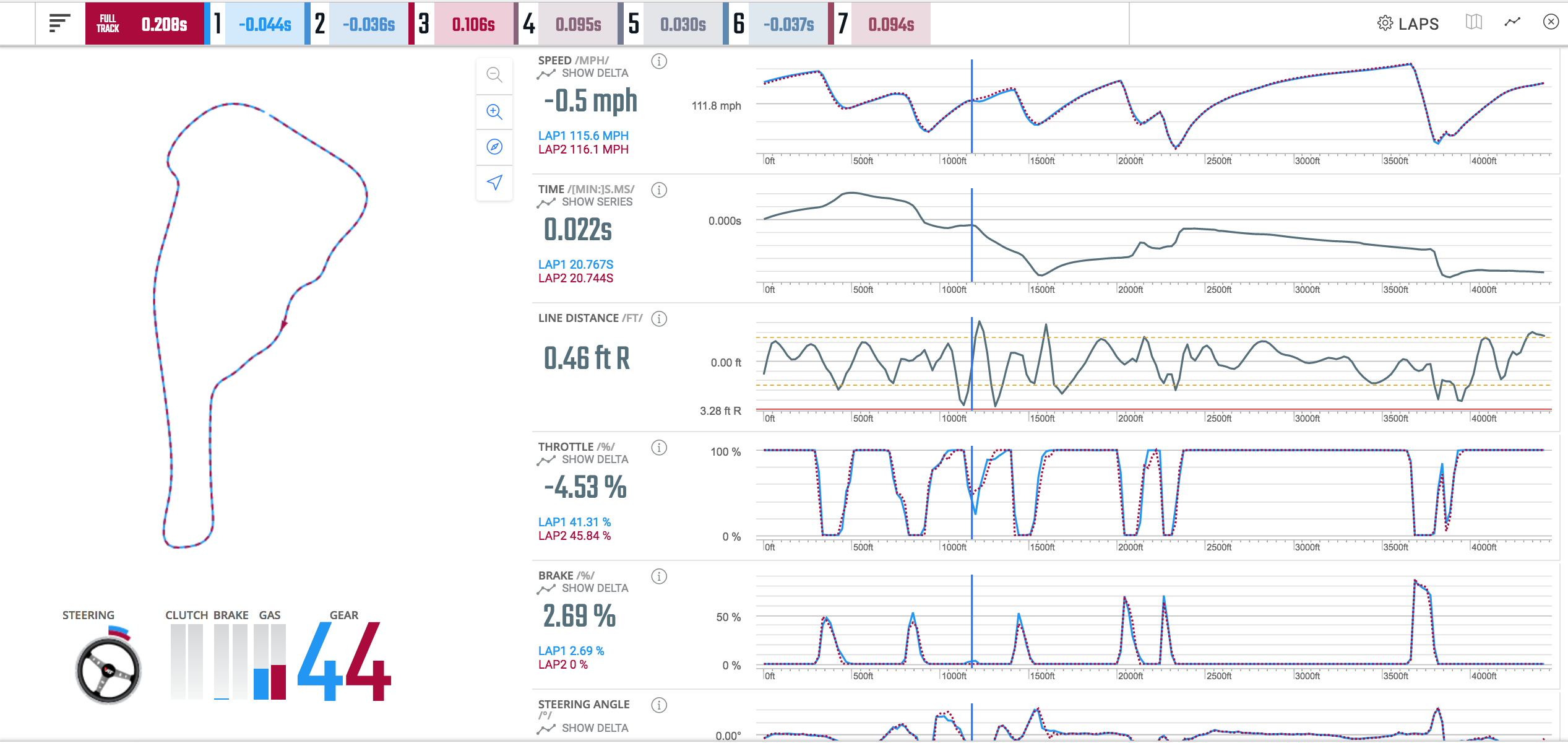 I’m not going to lie – I had a long night of work on Sunday night and didn’t go to bed until just past 1am PST. So when the alarm went off at 5:30am, I could barely move enough to shut the alarm down. So I did not race at all on Monday, instead deciding to be as fresh as I could for the next morning.
I’m not going to lie – I had a long night of work on Sunday night and didn’t go to bed until just past 1am PST. So when the alarm went off at 5:30am, I could barely move enough to shut the alarm down. So I did not race at all on Monday, instead deciding to be as fresh as I could for the next morning.


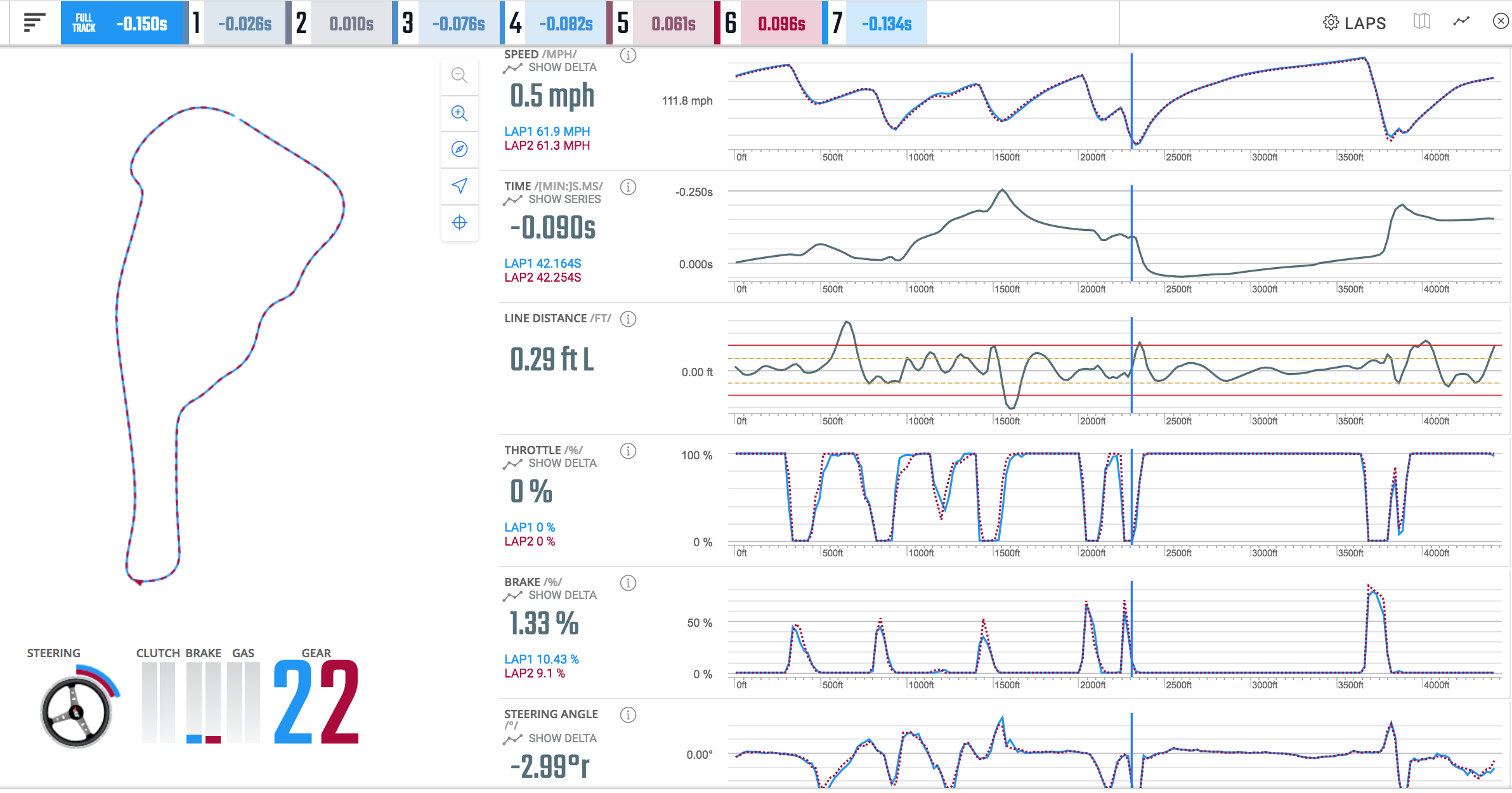 I have been working on driving more consistent… err… consistently, with some success but today, it finally all clicked and came together like never before.
I have been working on driving more consistent… err… consistently, with some success but today, it finally all clicked and came together like never before.


